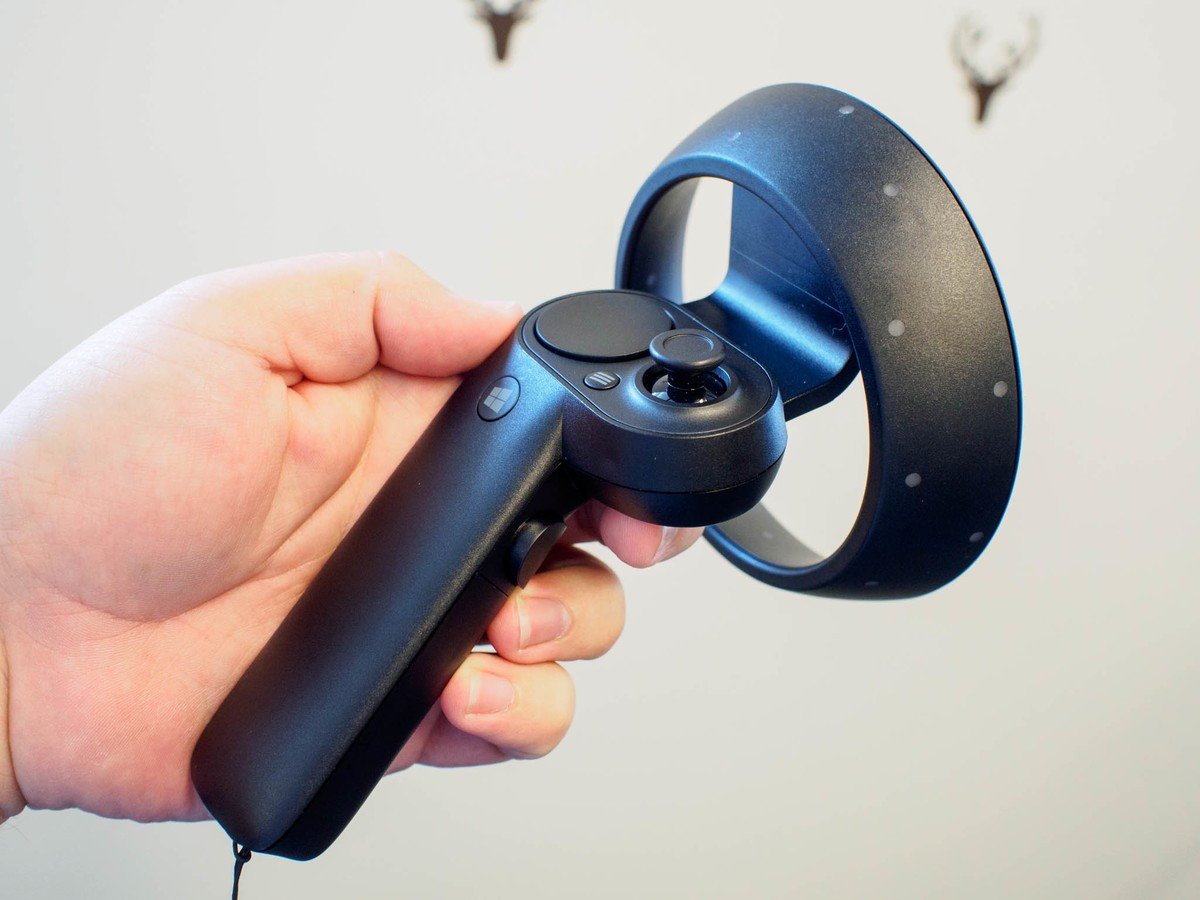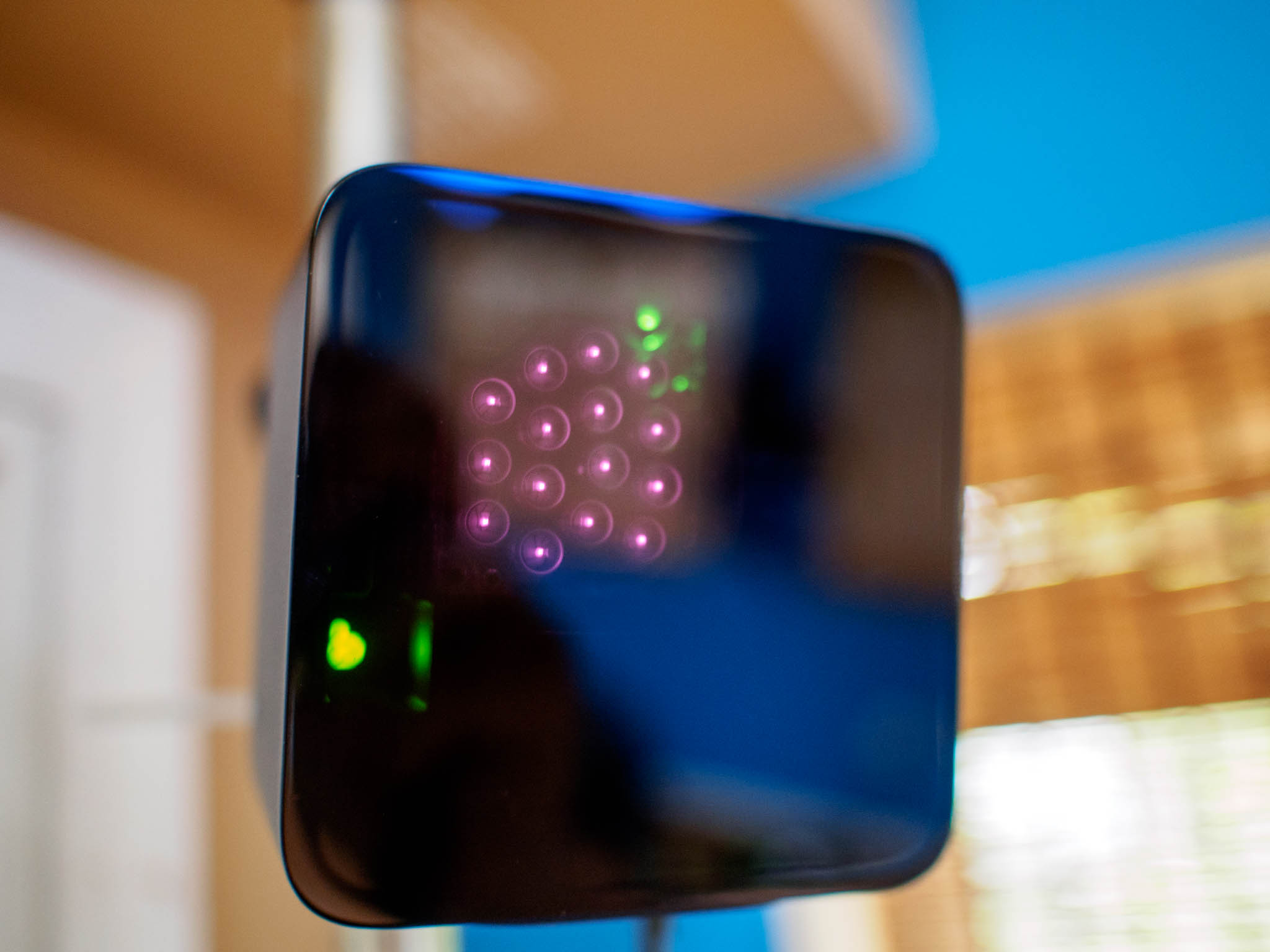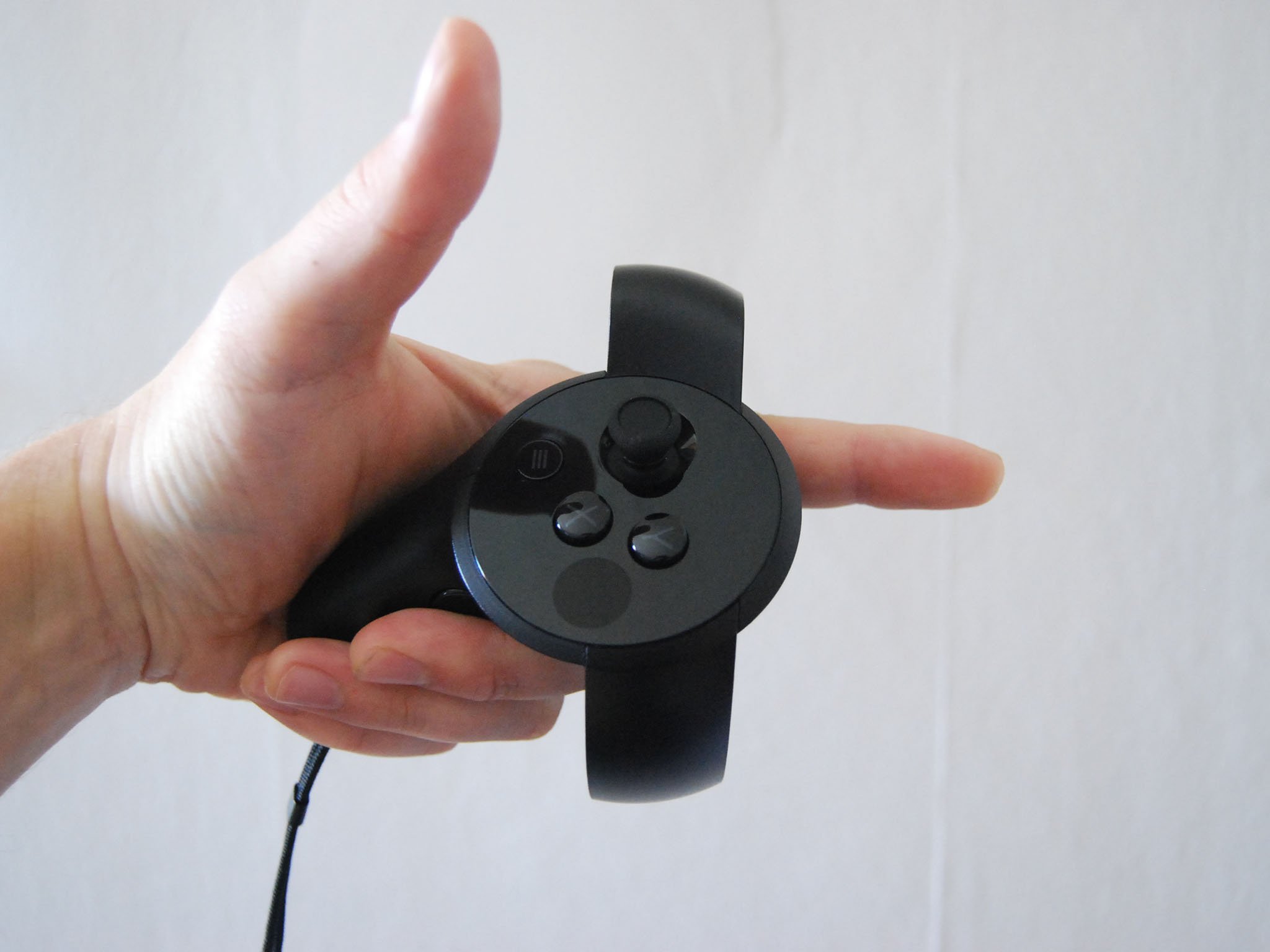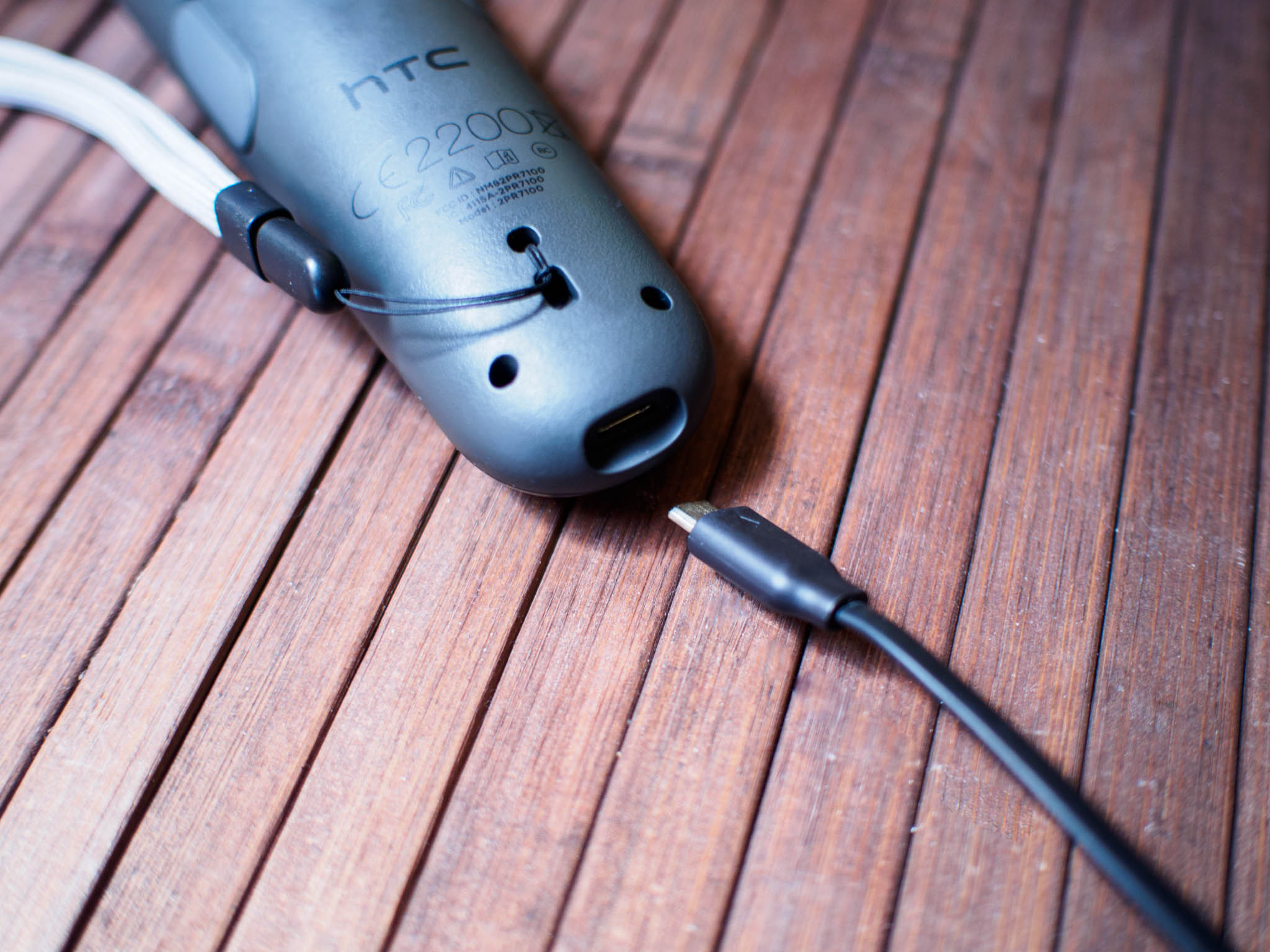How Windows Mixed Reality motion controllers compare to the competition
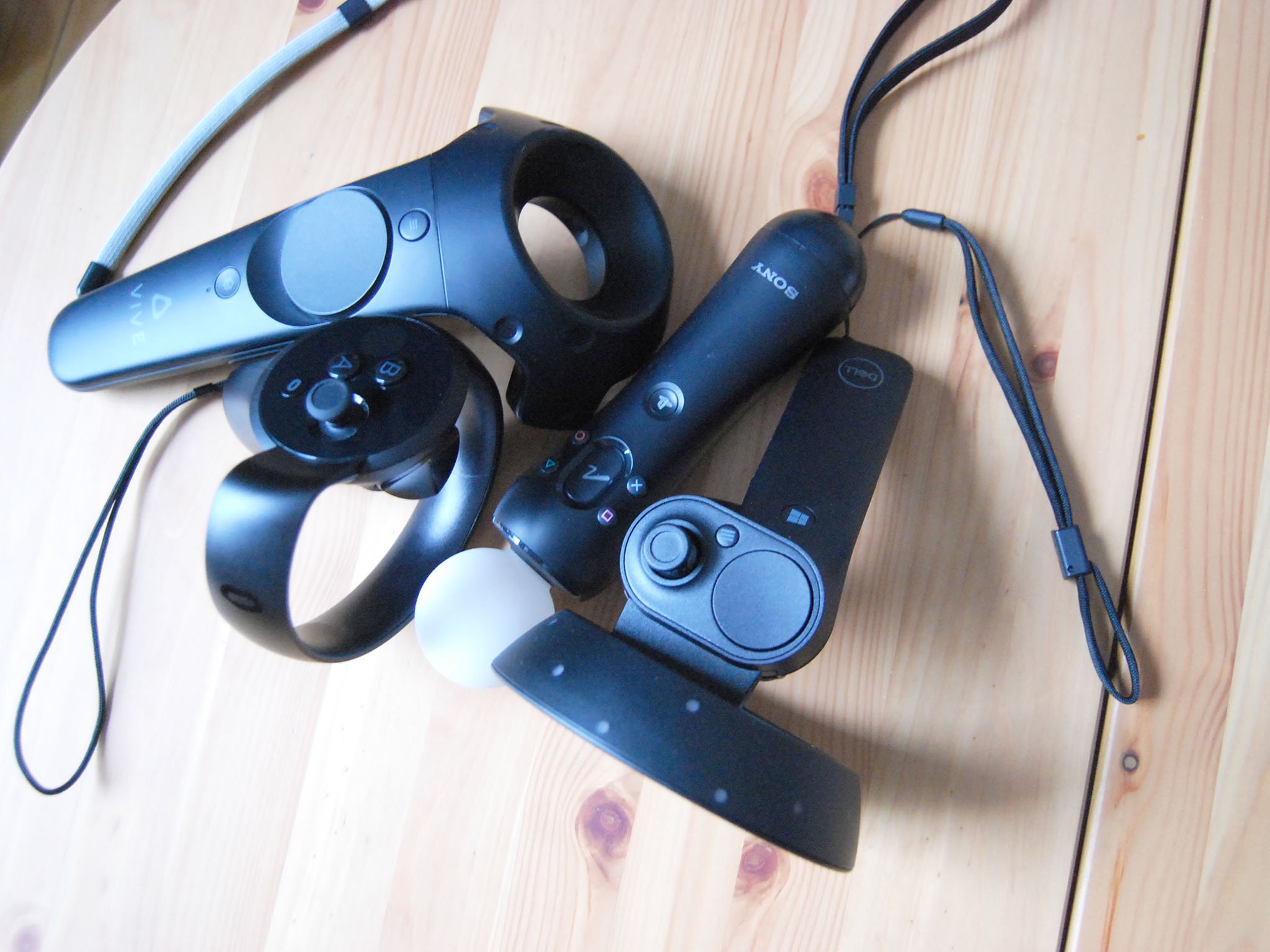
Windows Mixed Reality (WMR) has introduced us to a new set of motion controllers, adding to the collection we already have that work with the Oculus Rift, HTC Vive, and PlayStation VR. WMR motion controllers do things a bit differently when it comes to both design and function. We've already written a guide on how all controllers differ on paper; now let's see how they measure up in real life use and which controllers come out on top in a few different areas. Note that I am using Dell's WMR controllers.
Which motion controllers are easiest to set up?
WMR controllers definitely have the easiest setup of all the major platforms. All you have to do is insert batteries and pair them with your PC. There are no exterior sensors to worry about.
The Vive and Rift, however, have multiple sensors that must be precisely set up in order to track your movement. In our case, this meant putting holes in the wall for the Vive lighthouses and grabbing extension USB cables for the Rift sensors.
The PSVR isn't quite as finicky since it only requires the one camera, but it's still nowhere as easy as WMR.
Bottom line: Windows Mixed Reality offers the easiest setup when it comes to their motion controllers.
Which motion controllers offer the best tracking?
Thanks to the Vive's lighthouse tracking system, we've seen near-flawless tracking since we first put on the headset. The Vive was designed as a room-scale system right from the start, and still delivers some of the most precise movement.
All the latest news, reviews, and guides for Windows and Xbox diehards.
Since Rift now works with up to four sensors, you're also pretty well tracked when gaming in a room-scale environment. PSVR, well, that's a whole other story, with their single camera having frequent problems tracking even when you're looking directly at it.
WMR is offering something the others don't have — an experience that doesn't require external sensors — and for the most part it works well. However, it doesn't quite have the same precision as the Rift or Vive due to the sensors being built into the front of the headset. Although the field of view is quite wide, reaching behind your back or down to your hips can cause the controllers to momentarily lose tracking.
Bottom line: HTC Vive and its lighthouse system offers the best tracking when it comes to a room-scale setup.
Which motion controllers are the most comfortable?
All motion controllers here seem to be about the same weight, and using them for long periods of time will not fatigue the forearms or wrists.
The Vive and PSVR controllers are shaped more like a wand, and it's close to a tie as to which are the most awkward to hold. They don't necessarily hurt the hand after extended periods of use, but they're not as comfortable as the ones for WMR and Rift.
Oculus Touch came out awhile after the actual release of the Rift, so they had plenty of time to deliver a top-notch product. The Touch controllers seem to sink into your hand and stay there thanks to great balance, even when you aren't gripping them.
WMR controllers are sort of a mix between the Vive and Rift's controllers, giving a wand to hold onto and a concentrated cluster of buttons near the center, as well as a ring that provides tracking lights. They are also well balanced, but just don't quite edge out the Rift's Touch system.
Bottom line: Oculus Touch controllers are the most comfortable to use, but Windows Mixed Reality is onto something.
Which motion controllers seem the most durable?
Enjoying VR to its full extent often means that your arms are flailing about, and your controllers are probably going to take a few bounces off walls, ceilings, and furniture. The PSVR controllers have a large, spongy rubber ball on the top that effectively absorbs shocks and bumps, but the overall quality doesn't seem to be on par with Rift and Vive.
Oculus Touch controllers seem to take the least abuse due to their compact design, but they're nevertheless quite sturdy, even when it comes to the ring around the hand. WMR controllers, which feature the same sort of ring, are quite wobbly and don't seem like they would withstand a hard hit against a solid object.
The Vive's controllers, which aren't the nicest to look at, certainly seem the beefiest, and they've taken a lot of damage during our use. They're built to be sturdy, and there's not much flex in them at all.
Bottom line: Close race between HTC Vive and Oculus Rift, but the sheer amount of abuse the Vive's controllers have taken in our experience puts them at the top.
Which motion controllers offer the best battery solution?
All motion controllers require some sort of power, and the Vive and PSVR are the only set that come with built-in rechargeable batteries. The Vive charges via Micro-USB, while the PSVR charges via Mini-USB, a protocol that's far less common these days.
Oculus Touch and WMR both require AA batteries; the former requires one in each controller, while the latter requires two in each controller. Life expectancy does vary, but all controllers offers days of life.
Bottom line: Built-in rechargeable batteries are awesome, making the Vive and PlayStation VR the winners in this respect.
More resources
Looking for more to do with Windows Mixed Reality? We've written a lot on the topic!
- See the Windows Mixed Reality Ultimate Guide
- This is how every Windows Mixed Reality headset stacks up against each other
- Windows Mixed Reality gets infinitely better with dedicated controllers

Cale Hunt brings to Windows Central more than nine years of experience writing about laptops, PCs, accessories, games, and beyond. If it runs Windows or in some way complements the hardware, there’s a good chance he knows about it, has written about it, or is already busy testing it.
